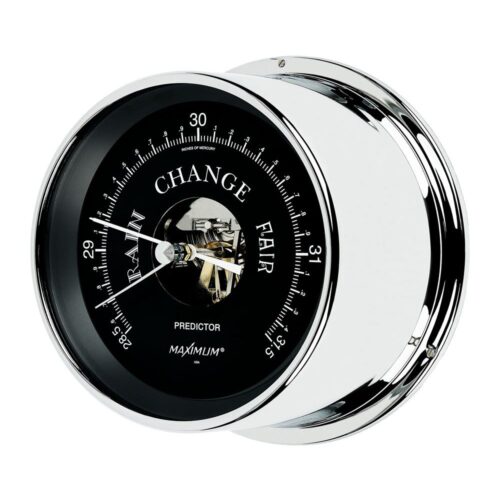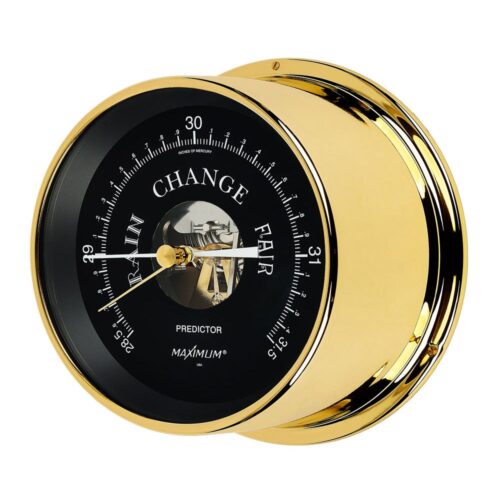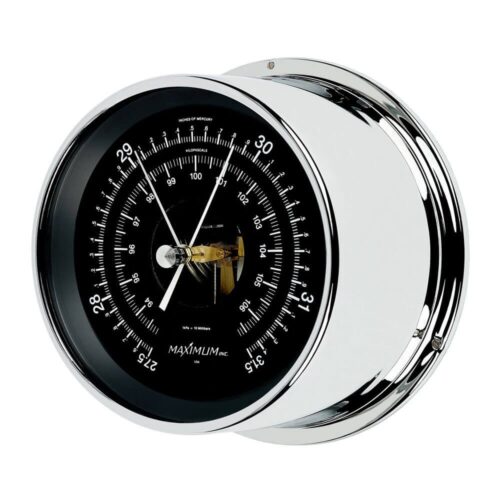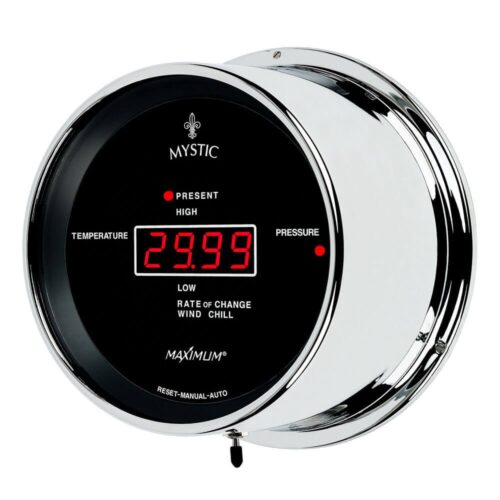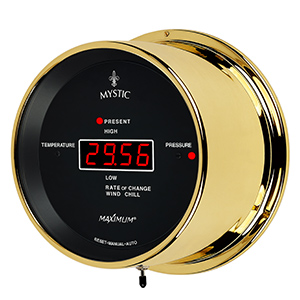Barometers
What Does a Barometer Do?
A barometer is your tool to help predict the weather. You will find a reference to barometric pressure in any weather report worth paying attention to. Barometers are used to measure air pressure in the atmosphere. Forecasters use changes in air pressure to predict short-term changes in the weather.
Changes in air pressure signal the movement of high or low pressure areas called fronts. The air molecules in high pressure areas tend to flow toward low pressure areas. The greater the pressure difference between the two, the stronger the winds will be as we transition from one front to another.
By monitoring the barometric pressure you can predict the weather. If your barometer readings begin to fall it signals a low pressure front approaching. This means you should be prepared for worsening weather conditions. How far the barometer falls generally indicates how bad the weather will get. If your barometer readings begin to rise it signals the start of improving weather conditions. How far the barometer rises generally indicates how good the weather will be and how long you can expect it to last. If you have questions about your Maximum barometer, feel free to reach out.
Contact us today and a member of our team will get back to you.
Learn about the features and benefits of a Maximum barometer or atmospheric pressure below.
What is Atmospheric Pressure and How is it Measured?
Features & Benefits of Maximum Barometers

